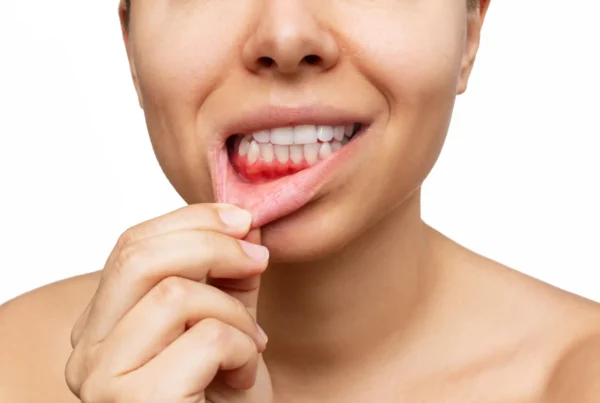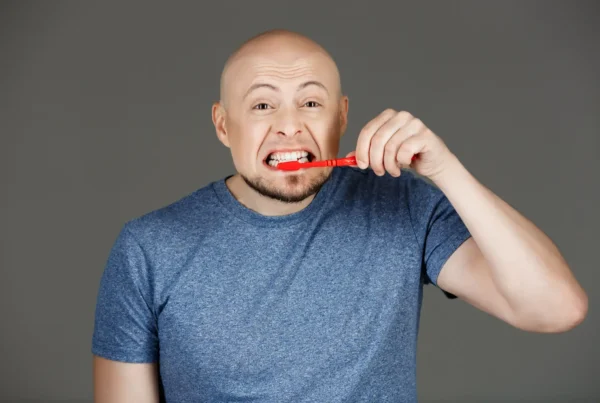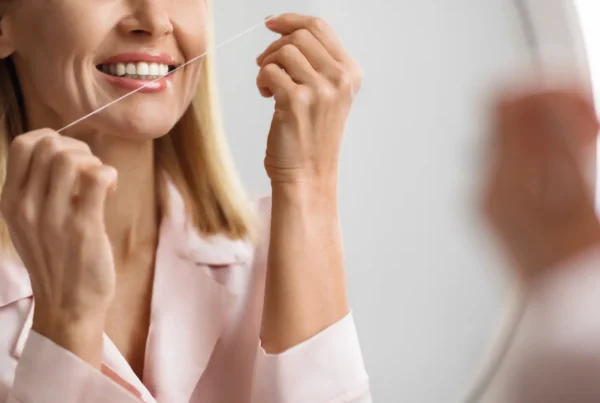
Brushing your teeth at least twice a day is a must when it comes to maintaining proper oral hygiene. However, it may not be enough to fully care for your teeth and gums. Even the best sonic toothbrushes can’t reach certain hard-to-access areas of the mouth, such as the spaces between teeth. That’s where dental floss comes in. How should you clean your teeth using floss? Which type of dental floss should you choose? When should you floss? What types of dental floss are available?
Why brushing is not enough
Each tooth has five surfaces: the chewing surface (for molars and premolars) or incisal edge (for incisors and canines), the lingual or buccal side, and two contact surfaces – mesial and distal.
Even using a high-end sonic or electric toothbrush, you still can’t properly clean the contact surfaces. These areas tend to accumulate the most food debris and bacterial plaque. Only dental floss can effectively clean these spaces. Mouthwash cannot replace floss, as it doesn’t reach such tight spaces.
How to floss correctly – step-by-step instructions
Dental floss – how do you use it? Experts recommend flossing for about three to five minutes, although even one minute can significantly reduce bacteria in the interdental spaces. Studies show that floss removes up to 50% more plaque from contact surfaces than brushing alone. Follow the steps below to use floss safely and avoid damaging the gum papillae.
- Tear off about 40 cm of dental floss
- Wrap the floss around the middle or index fingers of both hands, leaving about 2–3 cm of floss between them
- Tighten the floss with your thumbs and index fingers and gently insert it between your teeth, overcoming the contact point
- Slide the floss down to the gum line and form a “C” shape to keep contact with the tooth surface
- Move the floss upward while maintaining tension
- Repeat the steps for each new area
Which dental floss should you choose?
Floss types mainly differ in thickness. Unsure which to pick? It depends on the size and shape of your interdental spaces. If your teeth are tightly spaced, choose a very thin floss. If your interdental spaces are wider, consider using a floss that expands when in contact with saliva. Another option is dental tape, which is flat and wide for cleaning between teeth.
READ MORE: DRY SOCKET
What to use instead of dental floss?
If your spaces are too wide for traditional floss to be effective, try interdental brushes, which resemble tiny bottle brushes.
If you struggle with manual dexterity, consider using disposable dental flossers – floss mounted on a small handle. Use them just like regular floss. Form a “C” shape with the floss against the gum and slide it up and down.
Should you floss before or after brushing?
Should dental floss be used before or after brushing your teeth? It doesn’t matter much, although if you floss afterward, remember to rinse your mouth with water or antibacterial mouthwash.
Flossing after meals is often the most effective, as it helps remove food debris when brushing isn’t possible. Floss is compact, discreet, and leaves your mouth feeling refreshed. Some even believe that flossing reduces snacking habits, though this hasn’t been proven. What is certain is that flossing will improve your oral hygiene.
Types of dental floss
Here are the main types of dental floss available:
- Waxed or unwaxed. Waxed floss is more resistant to tearing, but may be harder to fit into tight spaces.
- Made from PTFE (polytetrafluoroethylene). This material is durable, shred-resistant, and glides easily between teeth.
- Flavored or unflavored. Mint-flavored floss offers a refreshing sensation when brushing isn’t possible.
- With or without fluoride. Some flosses are infused with fluoride for added protection.
- Whitening floss. Helps maintain the appearance of your teeth in addition to cleaning.





